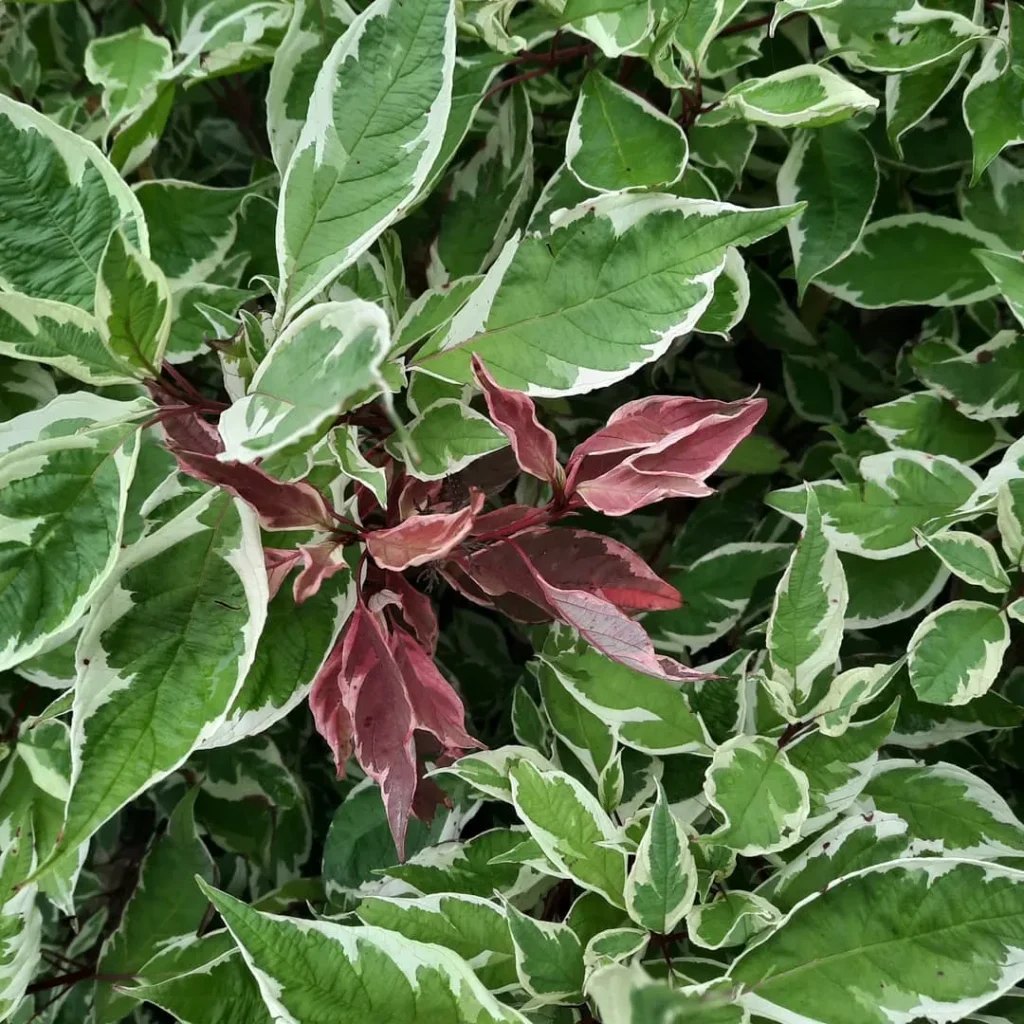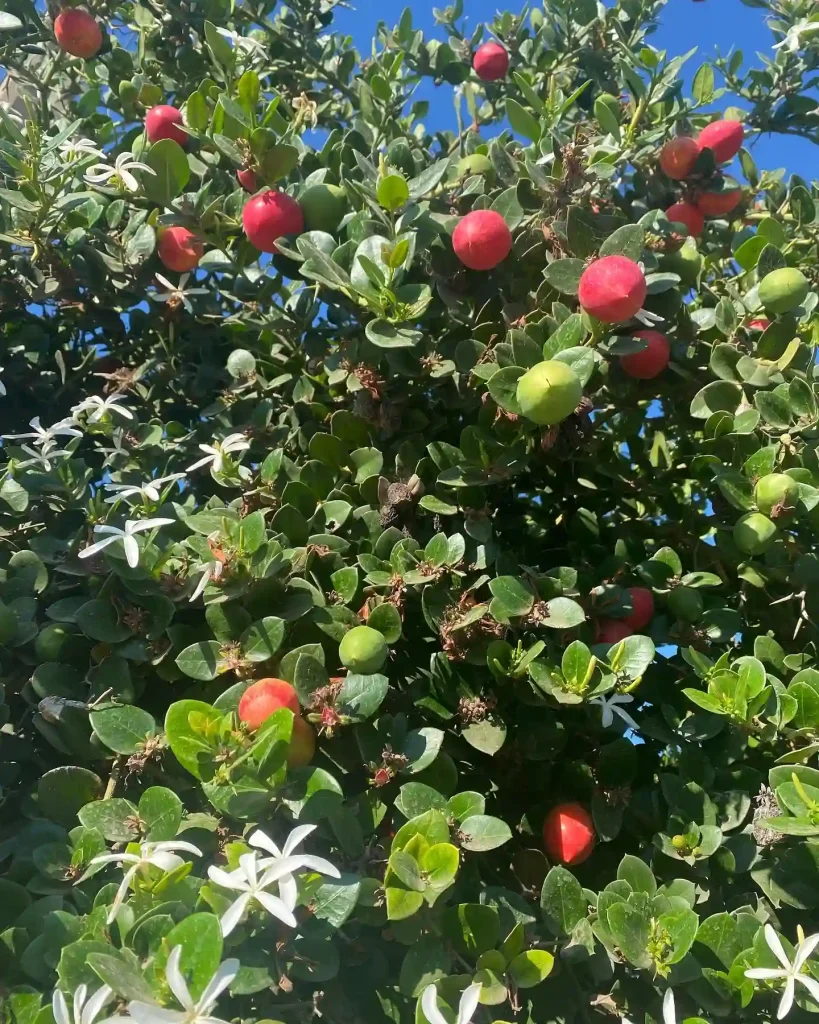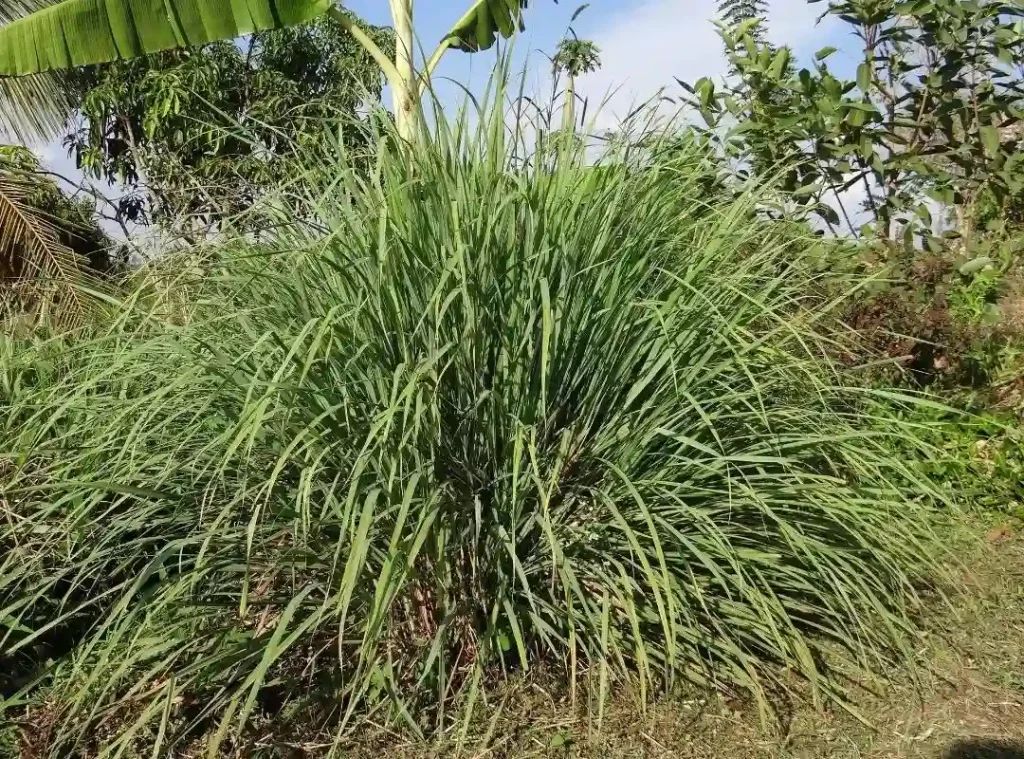FAQs About Leptinella Gruveri: A Personal Guide
I’ve recently delved into the world of Leptinella Gruveri, a unique plant that’s been catching the attention of many plant enthusiasts. Whether you’re new to this species or looking to expand your collection, here are some frequently asked questions that I’ve come across about Leptinella Gruveri. I’ll share my insights and experiences to help you understand this fascinating plant better.
What Is Leptinella Gruveri?
Leptinella Gruveri, often referred to as the “Dwarf Brass Buttons”, is a charming ground cover known for its delicate foliage. Originating from New Zealand, this plant is appreciated for its ability to create a lush carpet of tiny, rounded leaves. The leaves have a subtle sheen, giving the plant an elegant appearance. Its low-growing nature makes it perfect for filling gaps in garden beds or as a filler in containers.
How to Care for Leptinella Gruveri?
Taking care of Leptinella Gruveri is relatively straightforward, but it does have specific needs that you should be aware of. Here’s a rundown based on my experience:
Light Requirements
Leptinella Gruveri thrives in bright, indirect light. While it can tolerate some direct sunlight, especially in cooler climates, too much direct sun can scorch its leaves. In my garden, I’ve found that placing it in a spot with morning sun and afternoon shade works well.
Soil Conditions
This plant prefers well-draining soil. A mix of regular potting soil with some sand or perlite works well to ensure good drainage. I use a blend of peat moss and perlite for my Leptinella Gruveri, which keeps the soil light and airy. Avoid heavy, clayey soils as they can lead to root rot.
Watering
Leptinella Gruveri likes its soil to be consistently moist but not waterlogged. I water mine whenever the top inch of soil feels dry to the touch. Overwatering can be detrimental, so it’s crucial to let the soil dry out a bit between waterings.
Temperature and Humidity
This plant prefers a temperate climate and does well in temperatures ranging from 60 to 75 degrees Fahrenheit. It can handle cooler temperatures but might not fare well in extreme cold. Humidity levels should be moderate; if you live in a very dry area, consider placing a humidity tray nearby.
How to Propagate Leptinella Gruveri?
Propagation of Leptinella Gruveri is quite simple and can be done through division or by taking cuttings. Here’s a step-by-step guide based on my experience:
Division
- Timing: The best time to divide Leptinella Gruveri is in the spring or early fall.
- Method: Gently remove the plant from its pot or garden bed. Divide the root ball into smaller sections, making sure each section has some roots and foliage.
- Replant: Plant each section into a new pot or area of your garden. Water thoroughly and keep in a shaded spot until the new plants establish themselves.
Cuttings
- Select Cuttings: Choose a healthy, non-flowering stem. Cut a 4-6 inch section below a leaf node.
- Preparation: Remove the lower leaves from the cutting, leaving just a few at the top.
- Plant: Dip the cut end in rooting hormone and plant it in a pot with moist, well-draining soil. Keep the pot in a warm, humid environment until roots develop.
What to Plant With Leptinella Gruveri?
Leptinella Gruveri pairs beautifully with other low-growing plants and ground covers. Here are a few combinations that have worked well for me:
- Creeping Thyme: The tiny, aromatic leaves complement Leptinella Gruveri and provide a contrasting texture.
- Sedum: Low-growing sedums add a different color and form to the mix, creating an attractive, multi-layered ground cover.
- Lamb’s Ear: The soft, velvety leaves of lamb’s ear contrast nicely with the glossy foliage of Leptinella Gruveri.
Common Issues and Solutions
Pests
Leptinella Gruveri is relatively pest-resistant, but watch out for aphids or spider mites. I’ve had success treating these pests with a mild insecticidal soap or neem oil.
Diseases
Root rot is a common issue if the soil is too wet. To prevent this, ensure proper drainage and avoid overwatering. If root rot occurs, remove affected areas and improve soil drainage.
Conclusion
Leptinella Gruveri is a delightful plant that can enhance any garden with its unique appearance and easy care requirements. By providing the right conditions and understanding its needs, you can enjoy a lush, vibrant ground cover that adds beauty and texture to your space. If you have any more questions or need additional tips, feel free to reach out or share your experiences!
If i die, water my plants!



